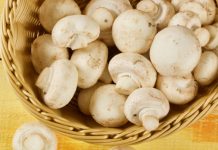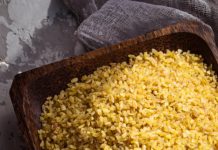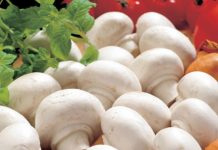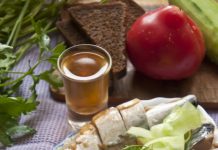Acetic essence is a solution of acetic acid with a concentration of 70 or 80%. It is produced industrially using the fermentation process from alcohol solutions. Widely used in manufacturing and household. Mistresses use essence for canning, preparation of marinades. However, such a concentrated solution of acetic acid is rarely used for cooking. Most often we are talking about table vinegar, which has a much lower concentration. How to make a 9 percent solution of 70 vinegar?
Material Content:
The basic rules for the cultivation of vinegar essence
A vinegar essence of 70% concentration can cause serious poisoning, even death, if a person accidentally or intentionally drinks it. If the essence gets on the mucous membrane of the eye, on the skin, this will cause a very severe, painful burn.
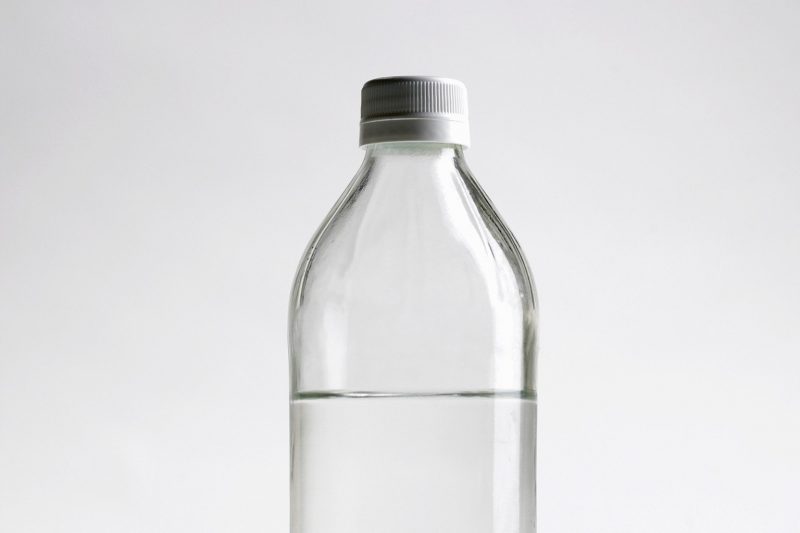
Even the smallest concentration of acetic acid can lead to injuries. Therefore, one cannot dilute the essence “by eye”. You need to know the exact proportions. Use vinegar, even the lowest concentration, only as directed.
When working with vinegar essence, remove small children and pets from the kitchen. Free the table from foreign objects and containers, especially with food. Essence can accidentally get into food. Therefore, you must be careful and warn relatives about it.
How dangerous is the situation? If a person swallows vinegar essence, he will receive an instant, very painful burn of the oral cavity, esophagus, stomach - the entire digestive tract. The pain is accompanied by swallowing, vomiting with blood may begin.
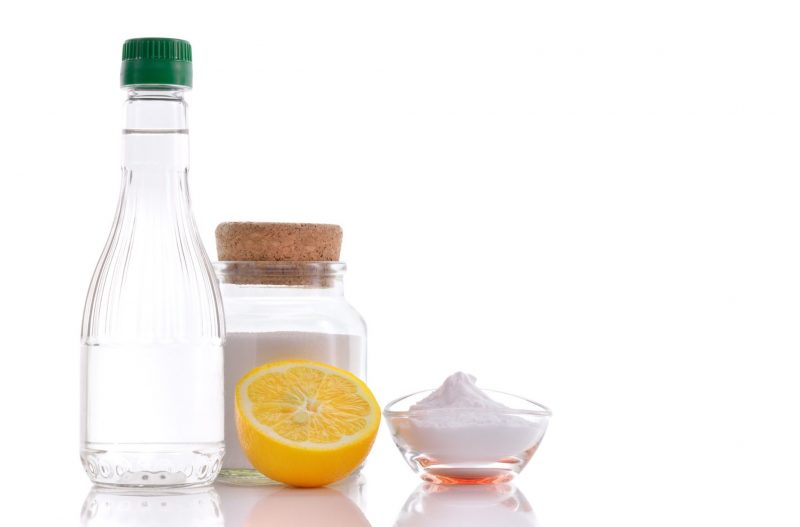
Vapors of acetic acid can burn the respiratory tract, suffocation, blue skin, wheezing during breathing will appear.
If a person swallows more than 3 tablespoons of vinegar essence, then this is a severe poisoning that will cause death within a day.
Therefore, you must be extremely careful and attentive during the preparation of 9 percent vinegar from vinegar essence.
How to make 9 percent of 70 vinegar - a simple formula
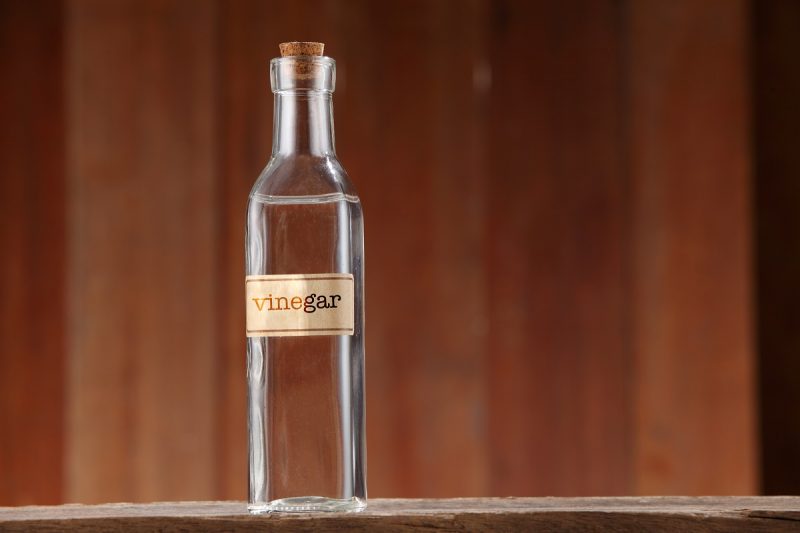
On the labels of some bottles with 70 percent vinegar essence, manufacturers indicate that in order to obtain table vinegar, it is necessary to dilute the contents with water 1:20. That is, 20 parts of water and 1 part of essence. However, the result will be a completely different concentration, which is needed. This is not 9 percent table vinegar at all, but a much less concentrated solution.
Therefore, you need to use a different recipe. The formula is as follows: add 1 part of the essence to 7 parts of water. If you take a tablespoon as a unit of measurement, then you need 2 tablespoons of essence for 14 tablespoons of water.
The water should be clean, cool, boiled or filtered.
Elementary way using a faceted glass
The way to make 9 percent vinegar with a faceted glass has been tested in practice by our grandmothers. Due to its long history, this method is almost flawless.

It is known that a faceted glass contains exactly 17 tablespoons of liquid, in our case, water. A little math, which we will not bore you, and you can very quickly get the desired result. Pour 2 tablespoons of vinegar essence with a concentration of 70 percent into a faceted glass and add water on top of it.
Table: How to make different percent vinegar from vinegar essence
Vinegar of varying concentration is used in the household for various purposes, and not necessarily nine percent. However, in the store you can hardly find, for example, a solution of acetic acid in 4 or 10%. Therefore, we will learn how to cook it.

The unit of measure to obtain a solution of acetic acid of the desired concentration, a tablespoon will be used.
A table that will help you find out how many tablespoons of water you need to add to one spoon of vinegar essence to get the appropriate concentration:
| № | The concentration of the solution,% | Number of tablespoons of water |
|---|---|---|
| 1 | 3 | 22,5 |
| 2 | 4 | 17 |
| 3 | 5 | 13 |
| 4 | 6 | 11 |
| 5 | 7 | 9 |
| 6 | 8 | 8 |
| 7 | 9 | 7 |
| 8 | 10 | 6 |
| 9 | 30 | 1,5 |
Secrets and tricks for housewives

There are many problems you can get rid of cheaply and easily with table vinegar:
- Greasy surfaces. No need to buy expensive oven cleaning products. It is enough to slightly moisten the walls and the door from the inside with table vinegar, leave for a while, and then clean. So you can clean any surfaces where there are stains of oil.
- Ground flooring. It can be put in order easily and without tension. Pour 4 cups of vinegar (half a cup per liter) into an 8-liter bucket of water. Rinse the floor well - it will be cleaned of dirt and begin to shine. However, if the parquet is protected by wax, it is better not to use this method.
- Flowers in a vase. Extend their life cycle with vinegar. Add 2 tbsp. Per liter of water spoons. A beautiful bouquet will delight you more than one day.
- Bad smells. You can easily get rid of them by applying vinegar. It is necessary to leave a cup of vinegar in the room for several hours without covering it. In the future, so that the smell of vinegar disappears, open the windows.
- Scale in a teapot or pan. You don’t need purchased products that are practically unable to rid the kettle of multilayer scale. It is enough to pour a full teapot of water, pour a tablespoon of vinegar and boil. The kettle is completely clean.
- Dirty windows and windows. The best and cheapest wiper is vinegar. Dilute some vinegar with water and wash the windows. And then wipe dry with paper or cloth that does not leave marks on the glass.
- Dirty metal surfaces. Take a couple of tablespoons of vinegar, drip two drops of vegetable oil into the solution and clean the metal surface of dirt. It can be cutlery, decor items, decorations.
- Microorganisms, mold. With such a difficult task, vinegar can also cope with success. Pour 100 grams of vinegar into a plastic jar with a spray, treat the surfaces on which mold is noticed. After some time, the procedure can be repeated. It is very useful in this way to protect toothbrushes from bacteria. Wet them with vinegar, rinse after a while. Vinegar will help to neutralize old chopping boards, the surface of the kitchen countertops.
- Domestic ants. Vinegar repels these insects very well. It is necessary to process the tracks and "ant paths." Believe me, they will not like it at all.
- Brass. To make objects made of brass shine, wipe them with a cloth dipped in vinegar.
- Dried paint. After the repair, good brushes remain, which would be nice to use again. It is very easy to remove dried paint from them - just pour brushes with vinegar for half an hour.
- Stains on clothes. It is necessary to moisten the stain with vinegar and wash the garment in the machine. Especially it copes well with stains from sweat and deodorants.
- Glued price tags. It's a shame when a new thing is almost spoiled by a price tag that was firmly glued to it in the store. Moisten a cloth or sponge with vinegar and gently apply for a while to glued paper. Then it can be easily removed from the surface, and there will be no trace left.
- Clogged pipes. An excellent and cheapest tool that works no worse than expensive ones. Pour soda into the drain hole in the sink, then pour vinegar into the drain. The reaction will go, foam will appear. Everything here depends on the degree of clogging of the pipe. You can do with a tablespoon of soda and a couple of tablespoons of vinegar. In especially difficult cases, you need half a glass of soda and a glass of vinegar. Wait from 15 minutes to half an hour, rinse the hissing and bubbling mass in the pipe with hot water.


